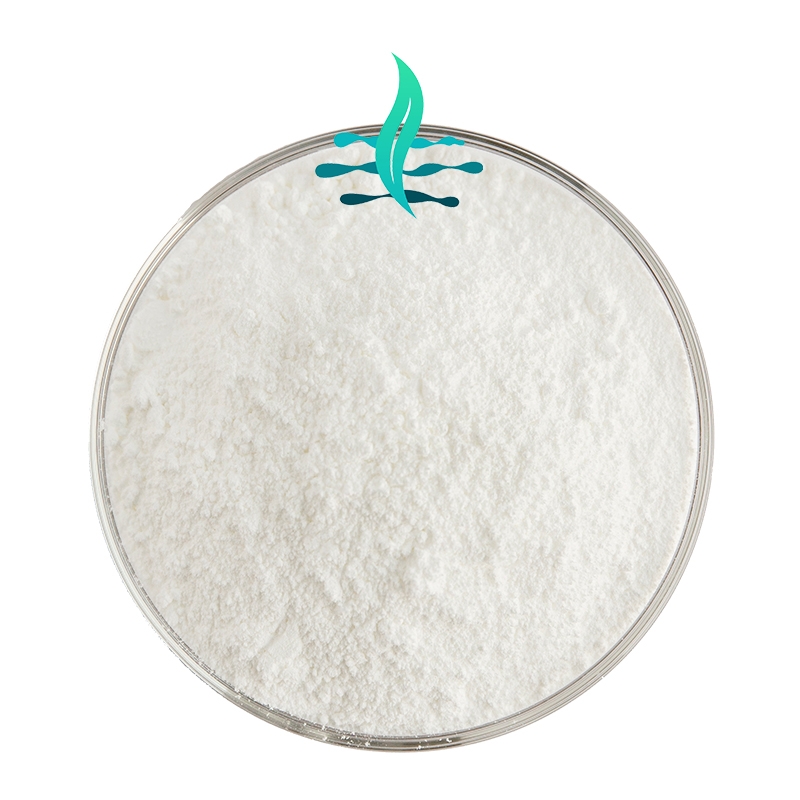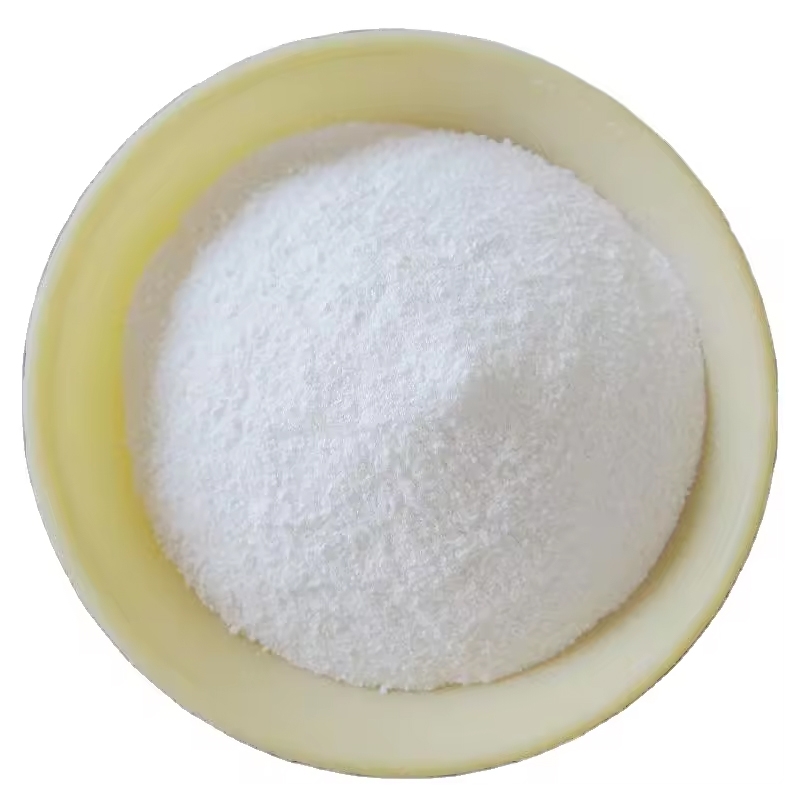-
Categories
-
Pharmaceutical Intermediates
-
Active Pharmaceutical Ingredients
-
Food Additives
- Industrial Coatings
- Agrochemicals
- Dyes and Pigments
- Surfactant
- Flavors and Fragrances
- Chemical Reagents
- Catalyst and Auxiliary
- Natural Products
- Inorganic Chemistry
-
Organic Chemistry
-
Biochemical Engineering
- Analytical Chemistry
-
Cosmetic Ingredient
- Water Treatment Chemical
-
Pharmaceutical Intermediates
Promotion
ECHEMI Mall
Wholesale
Weekly Price
Exhibition
News
-
Trade Service
Recently, there has been a boom on the Internet of "using indoor formaldehyde detection kits to test the formaldehyde content of edible fungi"
.
Many self-media bloggers have "down" the evaluation and publish the test results in the form of videos
.
In these videos, many bloggers claim to have detected formaldehyde on edible mushrooms such as shiitake mushrooms, white jade mushrooms and enoki mushrooms, and many viewers are shocked after seeing them, and they have a fear of edible fungi, afraid that eating these edible fungi containing formaldehyde will cause cancer, and have threatened to never eat edible fungi again
.
So, is it scientific to use indoor formaldehyde detection kits for food testing? Do the edible mushrooms sold on the market contain formaldehyde? What should I pay attention to when buying and eating related foods? Today we will talk about these things
.
The chances of human incurring additions are very small
Formaldehyde is a colorless, pungent odor organic compound
.
According to the production pathway, formaldehyde is divided into exogenous formaldehyde and endogenous formaldehyde
.
Exogenous formaldehyde refers to formaldehyde
added to products by illegal means.
In order to maximize economic interests, some bad businesses used formaldehyde as a preservative and bleach to extend the storage time of edible fungi and prevent the rot of edible fungi, and these illegal acts have indeed brought adverse effects
on the dietary safety of the people.
However, with the concept of health and environmental protection becoming more and more deeply rooted in the hearts of the people and the gradual improvement of relevant national laws and regulations, this phenomenon has basically disappeared
.
According to the current "Food Safety Law of the People's Republic of China", "Agricultural Products Quality and Safety Law of the People's Republic of China" and "Standards for the Use of Food Additives" and other relevant regulations, formaldehyde shall not be used as a food processing aid for production and operation, and it is illegal to add formaldehyde to food in any way
.
At the same time, China's supervision departments attach great importance to food safety issues, and relevant staff will test edible fungi sold on the market and severely crack down
on illegal addition of formaldehyde.
In addition, formaldehyde as a compound with a special pungent odor, not very secretive, easy to be found by ordinary consumers, nowadays almost no merchants are willing to risk the law, artificial illegal addition of formaldehyde is very small
.
Therefore, in the above video, the formaldehyde detected from edible fungi can basically be concluded that it is not exogenous formaldehyde.
Trace amounts of formaldehyde may be produced during biological metabolism
Since it is not exogenous formaldehyde, the formaldehyde in the edible fungus in the video can only be endogenous formaldehyde
.
Endogenous formaldehyde is produced
during biological metabolism.
At present, many scientists have found that edible fungi will produce trace amounts of formaldehyde according to changes in the natural environment, for example, Japanese scholars as early as the 70s of the 20th century on the formaldehyde content and its formation mechanism in shiitake mushrooms carried out research
.
Therefore, it is normal
for many bloggers to detect that edible fungi contain trace amounts of formaldehyde in recent days.
Since endogenous formaldehyde is produced by organisms in the metabolic process and naturally exists in many foods, will they cause harm to the human body?
The answer is no
.
Because under normal circumstances, edible fungi produce very little formaldehyde, and before eating, people will rinse it, and the formaldehyde it contains is easily soluble in water and is easily washed off
.
Measuring formaldehyde content in mushrooms with kits may not be accurate
In the above video, many bloggers use indoor formaldehyde detection kits to detect the formaldehyde content of edible fungi, but this detection method has test loopholes
.
Because the above kits are specially used to detect the content of formaldehyde in specific spaces such as indoors, they are easily affected by many external factors such as temperature, humidity and air, and the experimental results may be inaccurate
.
At present, the methods for detecting whether edible fungi contain formaldehyde mainly include acetylacetonate method and pre-column derivatization high performance liquid chromatography, these detection methods need to add specific detection reagents and cooperate with precision instruments to complete the detection, they are widely used in food testing
by major scientific research institutes and regulatory departments.
In addition, after the trend of "testing the formaldehyde content of edible fungi with indoor formaldehyde detection kits", the market supervision department immediately followed up and carried out formal formaldehyde testing, and did not find that the formaldehyde content of edible fungi exceeded the standard
.
Therefore, as long as consumers buy edible fungi through formal channels, they do not need to worry too much about the problem of
excessive formaldehyde.
Two methods to help you remove formaldehyde easily
So, when consumers buy edible fungi, how to distinguish whether formaldehyde has been added?
Consumers can smell it close and observe carefully when buying, if the edible fungus has a pungent smell or the color is whiter than the normal edible fungus, it is possible to add formaldehyde
.
In addition, if consumers are worried about the excessive formaldehyde content of edible fungi, they can use the following two methods to remove
it.
First of all, you can soak and rinse the edible fungus
with more water.
Formaldehyde is a very water-soluble compound, after the edible fungus is purchased back, it can be washed with running water to remove the impurities and chemical pesticides on its surface, and then soak the edible fungus in water for 10 minutes
.
Secondly, be sure to cook the mushrooms thoroughly
.
Formaldehyde is easy to evaporate when heated, and almost all formaldehyde will volatilize during cooking, so as long as the edible fungus is cooked thoroughly, there will be no problem
.
Related articles







